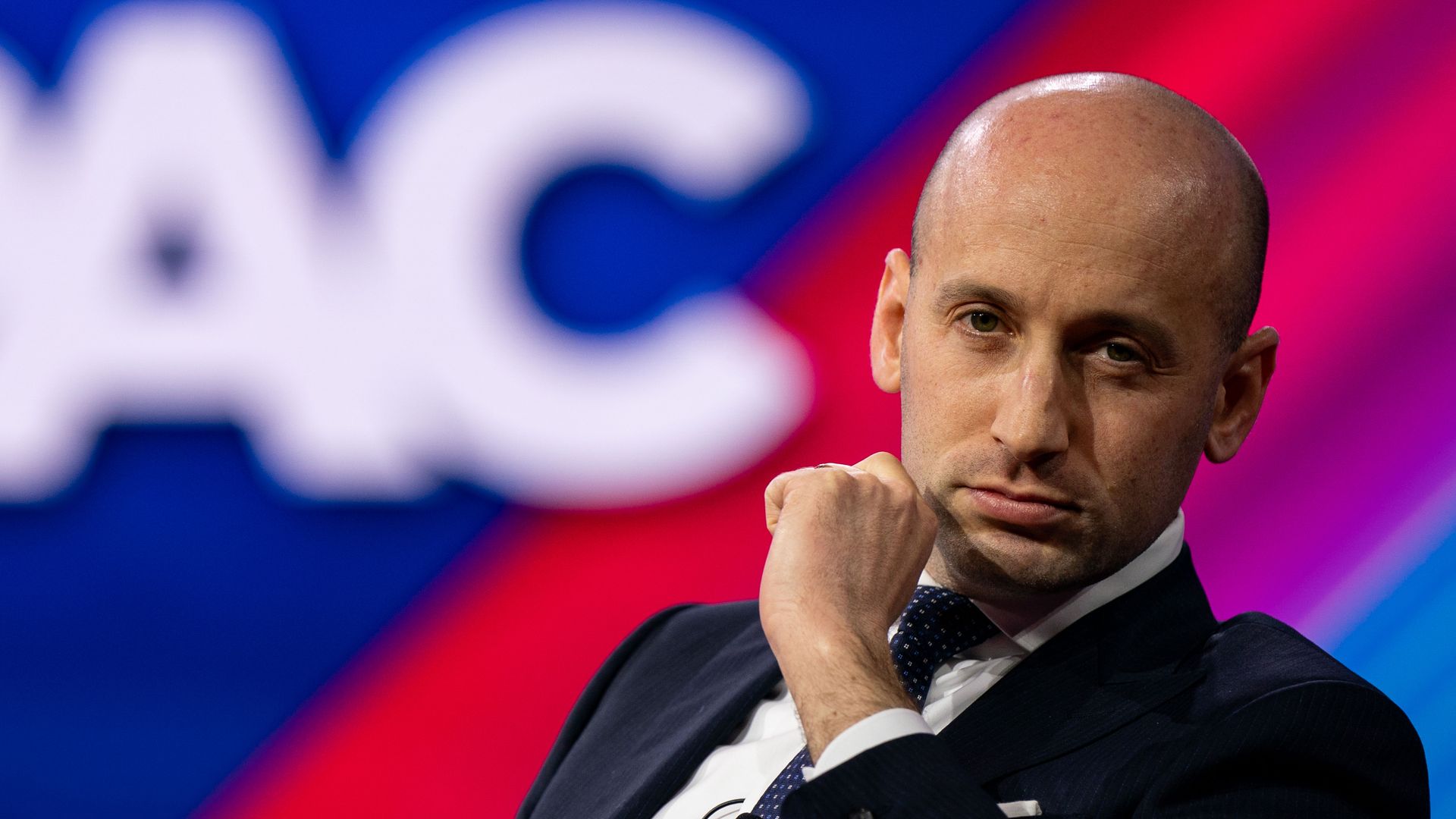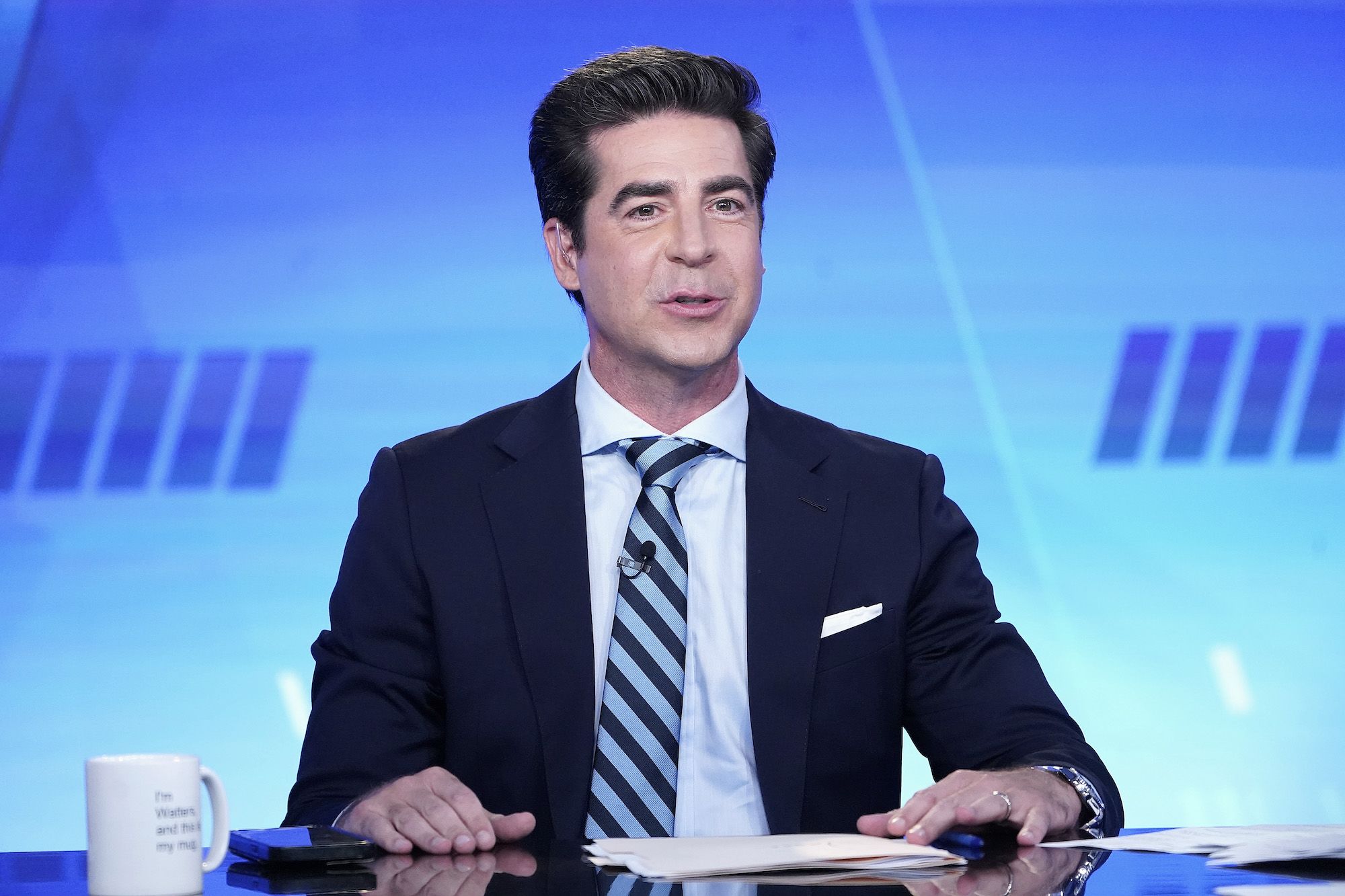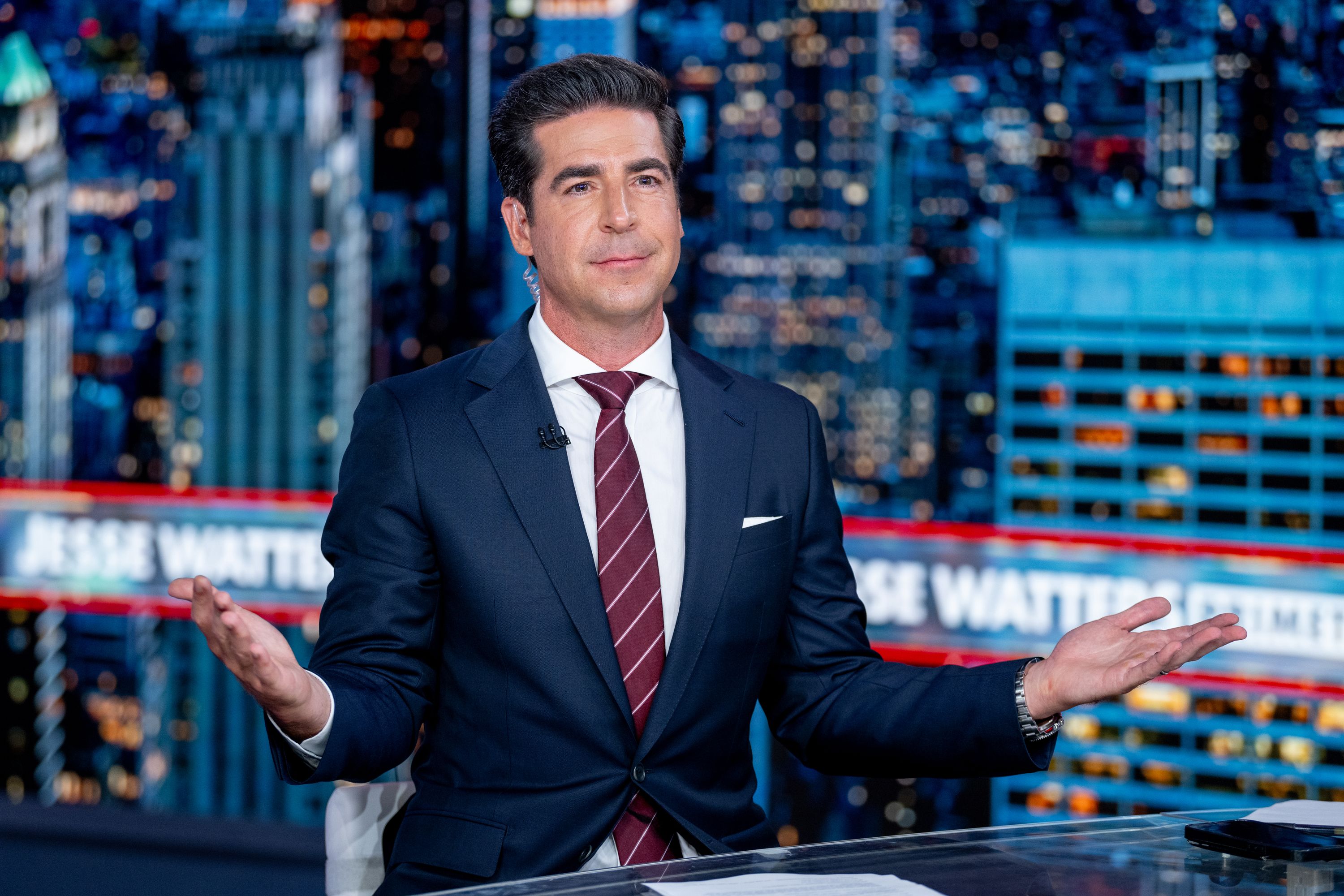Stephen Miller Explodes on Air Over “Seditious Six” Claim, Triggers National Firestorm on Jesse Watters’ Show

Stephen Miller lit a match on live television and the sparks flew instantly. Appearing on Jesse Watters’ program during a heated segment about a group of lawmakers who had released a controversial video message to members of the military and intelligence community, Miller launched into an on-air tirade that stunned viewers with its volume, intensity, and scope. What began as a sharp critique escalated within minutes into an all-out verbal assault that reframed the political debate as a matter of national survival.
“These people should be held accountable under the law and under the Uniform Code of Military Justice for a seditious conspiracy against the United States of America,” Miller declared early in the segment, his voice tightening as he leaned into the camera. “This is completely open and shut. Straightforward.”
The exchange centered on a video released by six members of Congress — all with military or intelligence backgrounds — who reminded service members that they have a legal obligation to refuse unlawful orders. The message, which supporters described as a constitutional reminder, became a lightning rod after critics accused the lawmakers of encouraging defiance within the armed forces.
Miller rejected the premise outright.
“What is the motivation?” he demanded. “Why would six members of Congress, selecting specifically for individuals with a CIA or military background, record a carefully written, carefully produced, slickly edited video messaging directly to members of our clandestine services and our armed forces, telling them to disobey orders from their superiors?”

As he continued, his rhetoric sharpened, shifting from legal critique to dire warnings about national security. He pointed to the immense power held by military and intelligence personnel — drones, missiles, submarines, covert operations — and argued that urging them to independently decide which orders to follow amounted to chaos.
“This is how people die,” Miller said. “This kind of language will get people killed. It endangers our national security. It is dangerously radicalizing.”
The moment that jolted the studio, however, came when Miller made a sweeping claim tying the video to what he described as the tactics of foreign-backed political destabilization.
“As you said, it is to create a color revolution,” he argued. “It is straight out of the CIA playbook for trying to foment insurrection from within the military and within the CIA.”
The temperature of the conversation rose sharply from there. Miller referenced a volatile atmosphere surrounding political violence and unrest in the country, arguing that even a “tiny percentage” of radicalized individuals within the ranks of the armed forces could cause catastrophic damage if encouraged to turn against their commanders. His wording grew darker as he framed the video not as a constitutional safeguard, but as an intentional attempt to fracture the chain of command.

“When they go on TV and say, ‘We can’t name what order is illegal,’ that proves the point,” he said. “It was never about the law. It was about breaking down the chain of command.”
Watters allowed Miller to continue without interruption as he expanded the attack beyond the six lawmakers and turned his fire directly on the Democratic Party as a whole.
“The Democrat Party is openly engaged every day in trying to tear down democracy,” Miller charged, listing everything from judges and immigration policy to crime and federal authority. “And now, they are fomenting rebellion inside the ranks of our armed forces and CIA.”
The segment immediately ignited a political inferno online and across cable news. Supporters of Miller argued he had voiced what many were afraid to say aloud — that the video crossed a perilous line in a nation already on edge. Backers said the sanctity of the chain of command must be absolute, and that even well-intentioned rhetoric could spiral into unintended consequences.
Critics, however, condemned the appearance as an exercise in fear-based politics, accusing Miller of deliberately inflaming tensions and mischaracterizing the lawmakers’ message. Civil liberties advocates pointed out that the duty to refuse illegal orders is embedded in military law and is taught at every level of training precisely to prevent atrocities and unlawful use of force.

Within minutes of the broadcast, responses began pouring in from former officers, legal scholars, and veterans. Some backed Miller’s concerns about unintended consequences in a volatile political climate. Others rejected his framing entirely.
One former military attorney said bluntly on social media, “Telling service members they must refuse illegal orders is not sedition. It is literally the law.”
But Miller’s words had already reshaped the narrative into something far more combustible. Rather than focusing on the legal principle itself, the debate now revolved around loyalty, rebellion, and the specter of internal collapse.
By the end of the segment, Watters asked Miller directly what he believed should happen next. Miller did not soften his tone.
“They should be investigated fully,” he said. “This kind of conduct cannot be normalized. You cannot toy with the chain of command and expect there to be no consequences.”
Behind the scenes, the fallout spread quickly. Lawmakers associated with the original video reportedly faced a surge of threats and backlash, while party leaders scrambled to contain the escalating rhetoric. Some rushed to clarify that the message was never intended to encourage insurrection, only constitutional obedience.
Others leaned into the fight, saying the reaction from Miller and like-minded figures proved exactly why the reminder was necessary in the first place.
What transformed the exchange from another partisan argument into a cultural flashpoint was the sheer gravity of the language used. Words like “sedition,” “insurrection,” and “civil war doctrine” dominated the analysis in the hours that followed. Rather than cooling tensions, the broadcast seemed to harden the lines between two irreconcilable visions of authority: one rooted in absolute obedience, the other in constitutional restraint.

Political strategists quietly acknowledged that the moment would not fade quickly. Miller’s appearance wasn’t just a cable news controversy — it injected the military directly into the heart of the civilian political battlefield in a way that unsettled even veteran analysts.
One longtime observer of Washington media dynamics summed it up privately: “Once you start framing political disagreement as battlefield conditions, everything escalates. There’s no neutral ground left.”
By nightfall, clips of the segment dominated political discussion, not because of new facts that had emerged, but because of how radically the conversation had been reframed. What had started as a debate over a video reminder of military law had become, in less than ten minutes on television, a national argument over loyalty, rebellion, and the future stability of the chain of command itself.
And as the dust settled from Miller’s explosive appearance, one truth became clear to both sides: whatever the original intent of that video may have been, the consequences of this confrontation were now far bigger than any of the six lawmakers who recorded it.





